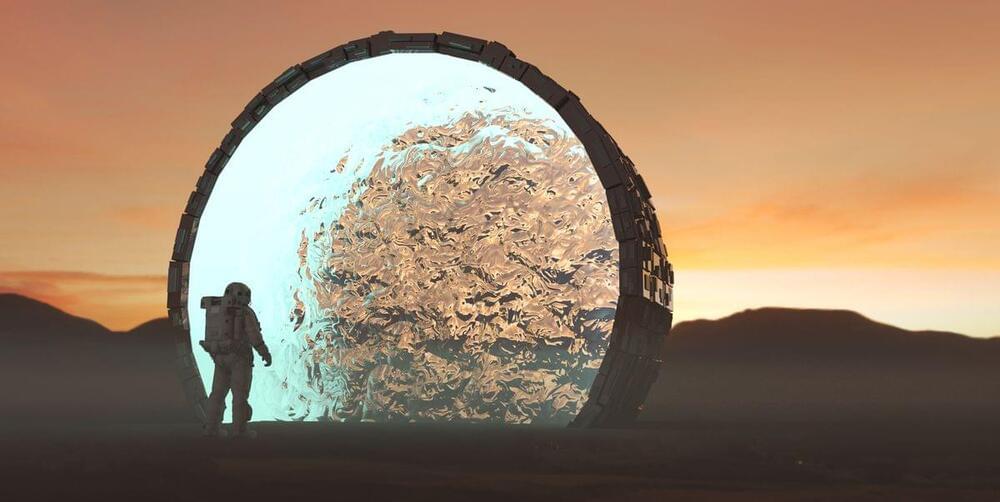Interviews with two of H.G. Wells’s grandsons and his granddaughter jump us back in time and flesh out this chronicle of the life of the author who pioneered 20th century science fiction in Season 1, Episode 8.
#Biography.
Dive deeper into Biography on our site:
http://www.biography.com.
Follow Biography for more surprising stories from fascinating lives:
Facebook — https://www.facebook.com/Biography.
Instagram — https://www.instagram.com/biography.
Twitter — https://twitter.com/biography.
Biography highlights newsworthy personalities and events with compelling and surprising points-of-view, telling the true stories from some of the most accomplished non-fiction storytellers of our time.


